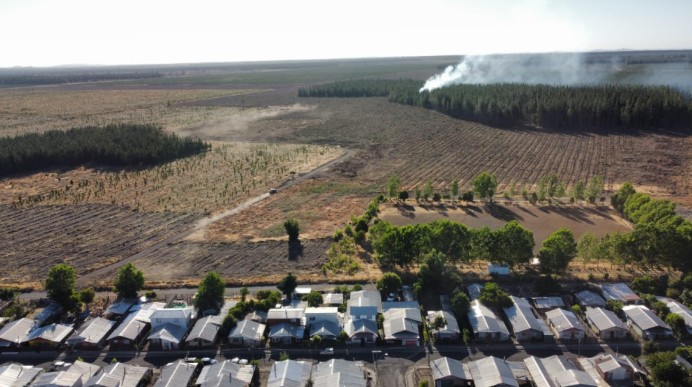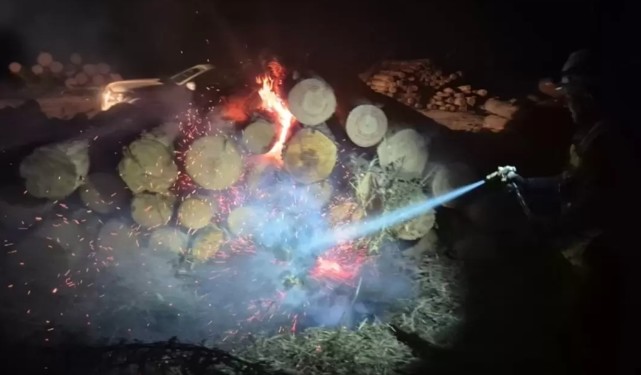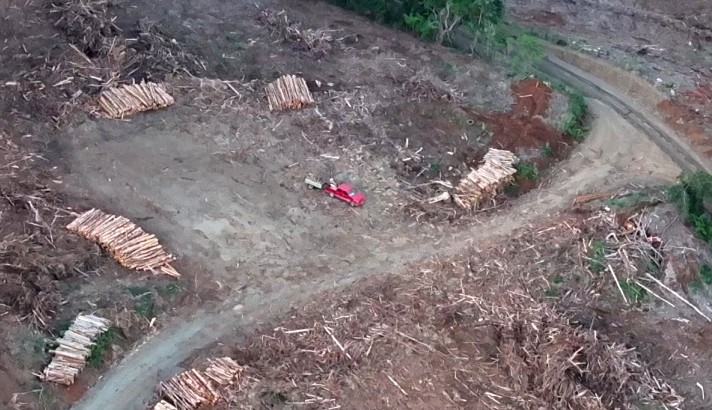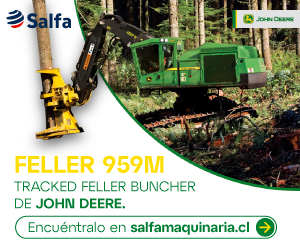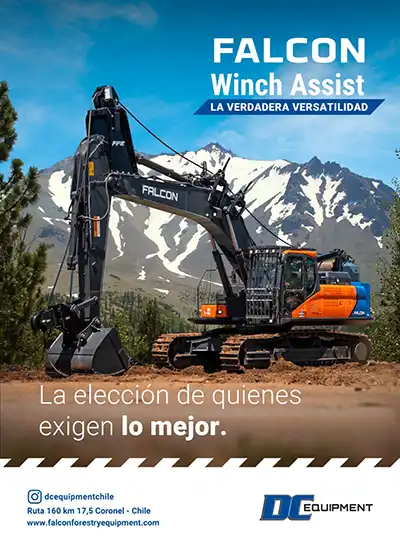"Here, Fires Are Put Out in Winter": The Community Network That Organizes Year-Round to Face Emergencies
While many associate wildfire season with summer heat, some communities have learned that real prevention starts much earlier. In the dead of winter, far from flames and smoke, hundreds of neighbors organize themselves, patrol their territories, clear firebreaks, and plan how to protect their homes.
It’s quiet, constant, and vital work. At the heart of this effort is the Community Prevention Network, an initiative that has reduced wildfire occurrences by 22% in the Biobío region.
"Prevention doesn’t start in January—it starts now. For us, fires are put out in winter," says Myriam Mellado, Head of Outreach and Communication for the network.
She explains that their model is based on empowering communities, teaching them to identify risks in their surroundings, raise alerts, and coordinate solutions with local stakeholders.
"We go out with neighbors to survey the area, and they learn to observe. A poorly maintained firebreak, a tree touching power lines, or an illegal dump—any of these could spark a fire," she details.
Currently, the network operates in eight regions—including Los Ríos, La Araucanía, and Ñuble—but 50% of its work is concentrated in Biobío, where its structure spans 29 of the 33 municipalities. Its members work directly with over 6,000 neighbors organized into prevention committees.
"In Cabrero, for example, we’re creating five new committees this season. It’s the municipality where we’re growing the most," adds Mellado.
THE WORK OF CITIZENS
One such committee is in Quilleco, led by José Figueroa, President of the El Quillay-San Lorencito Prevention and Safety Committee.
His testimony reflects the harshness of the challenge but also the strength of community organizing: "We faced a series of arson fires. We started patrolling day and night—on foot, by motorcycle, and with drones. We reduced incidents to zero for several weeks, and thanks to reports, the person responsible was arrested."
José doesn’t speak from theory—his committee operates like a real brigade. "We have tanks, water pumps, and a pickup truck. But more than that, we have willpower. We lack some equipment, yes, but not determination. We organize to clear roads, remove branches, distribute water during storms, and even assist firefighters when we can help without getting in the way," he says proudly.
The community he leads has also helped form committees in other parts of the municipality, like Villa Alegre, Río Pardo, Águila Sur, and soon, Ramadilla. "We want to train a skilled team with proper gear, tools, and technical training. CMPC has supported us, but we need more backing," he notes.
The neighbors’ commitment goes beyond seasonal prevention. During the storms that hit Biobío this winter, they caravaned to deliver water and supplies to isolated areas. "We didn’t stay put. We went out with three trucks, sometimes at night or in the rain. If there’s an emergency, we go," says Figueroa.
His group consists of 12 active field members, though they also have elderly partners whom they assist with firewood and logistical support.
THE RESULTS IN NUMBERS
The impact of this participatory model has been real. According to the network’s data, wildfires in Biobío decreased by 22%, with many municipalities seeing significant drops—though detailed figures per municipality are still being updated.
Beyond the numbers, there’s a shared conviction: prevention works when it comes from the ground up. "A neighbor isn’t just an informant—they’re the stewards of the land," Mellado insists.
"They’re the ones who know where the dangers are, where action is needed. We just help them organize and coordinate with public agencies, forestry companies, and utilities. Everyone has a role to play," concludes the network’s Head of Outreach and Communication.
Source:La Tribuna


